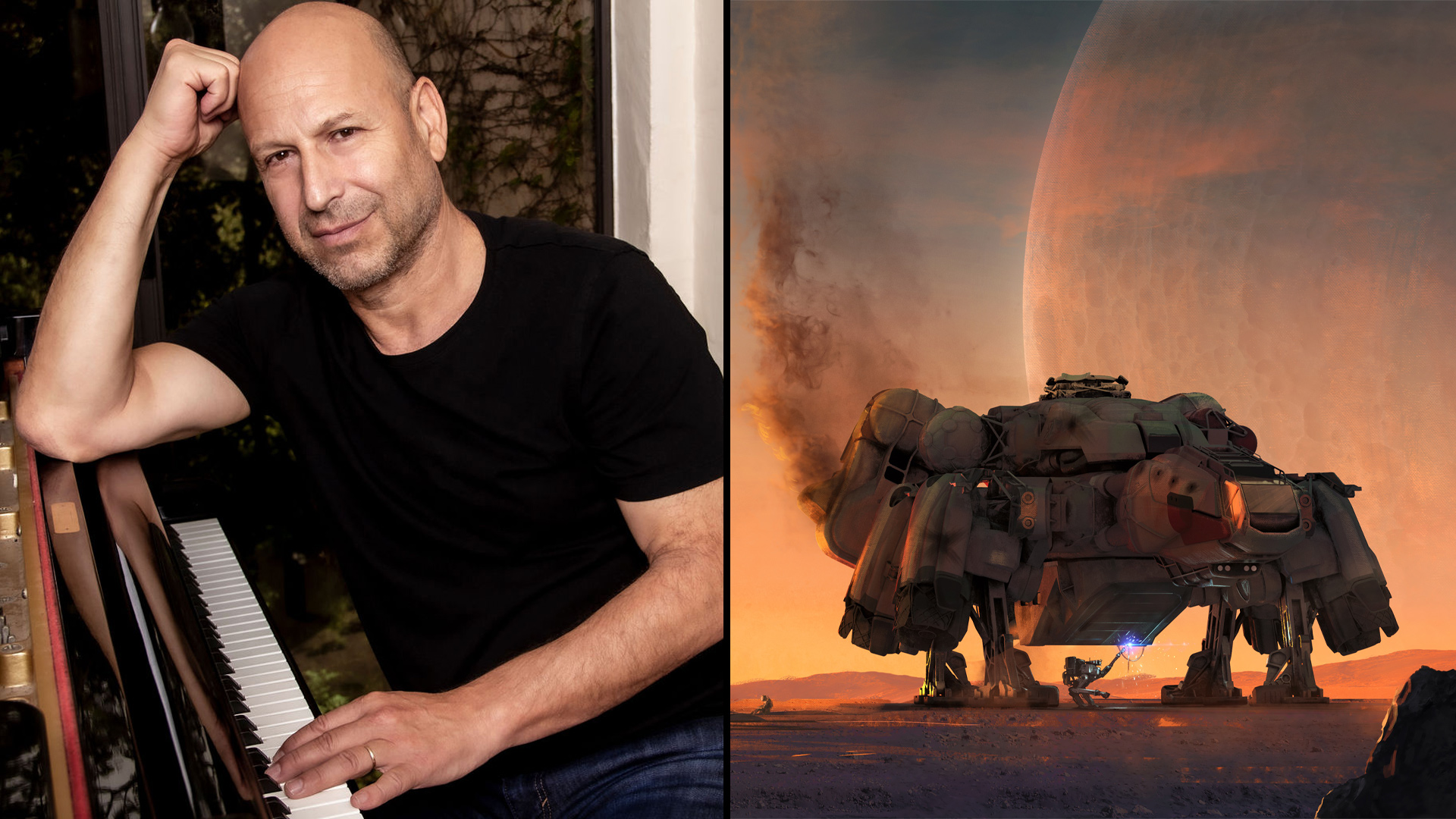
“I think that the more classical tone is the more dominant one in our [score]. However, if you listen to the whole score, there are many areas where electronic and sound design elements are 50, sometimes 60, or even 70% of the score. The score is vast and there are many cues that are actually not what we call classical at all. I think the interesting thing is the combination that we created.
“At many points, you cannot really put your finger on what is sound design, what is electronic, and what is orchestral, because everything really is intertwined. Sometimes there is a more traditional accompaniment, or orchestral background, but then the instrument that carries the melodies is actually synth. And sometimes it’s the other way around; there’s more ‘sound design-ish’ elements, but the [main] instrument is classical.”
The result is a score that can slide from mood to mood, style to style, seamlessly – helped by the fact that it’s enormous, surpassing the five-hour mark. Of course, five hours of music is still a fair bit less than the hundreds of hours some players will put into a game like Starfield, meaning Zur’s other challenge was in crafting a score that can keep hitting its key themes without feeling overly repetitive.
“It’s about finding this balance between, ‘How can I create something new, but make it feel like part of the same family?’ There are many ways to go about it: you could change the timbre, you could change the tempo, you could create variations that are different enough, but still remind the player, ‘Oh, yeah, this reminds me of the theme’, but it’s not the theme, it’s something different.
“It’s like painting. If you add a little bit more grey or black, automatically, the painting feels more gloomy. And there’s a way to do it in music. It’s almost like drawing the picture and fine-tuning the colours and themes. In this way, you create environments that are different enough, on one hand, but then still part of the same DNA.”
Website: LINK


